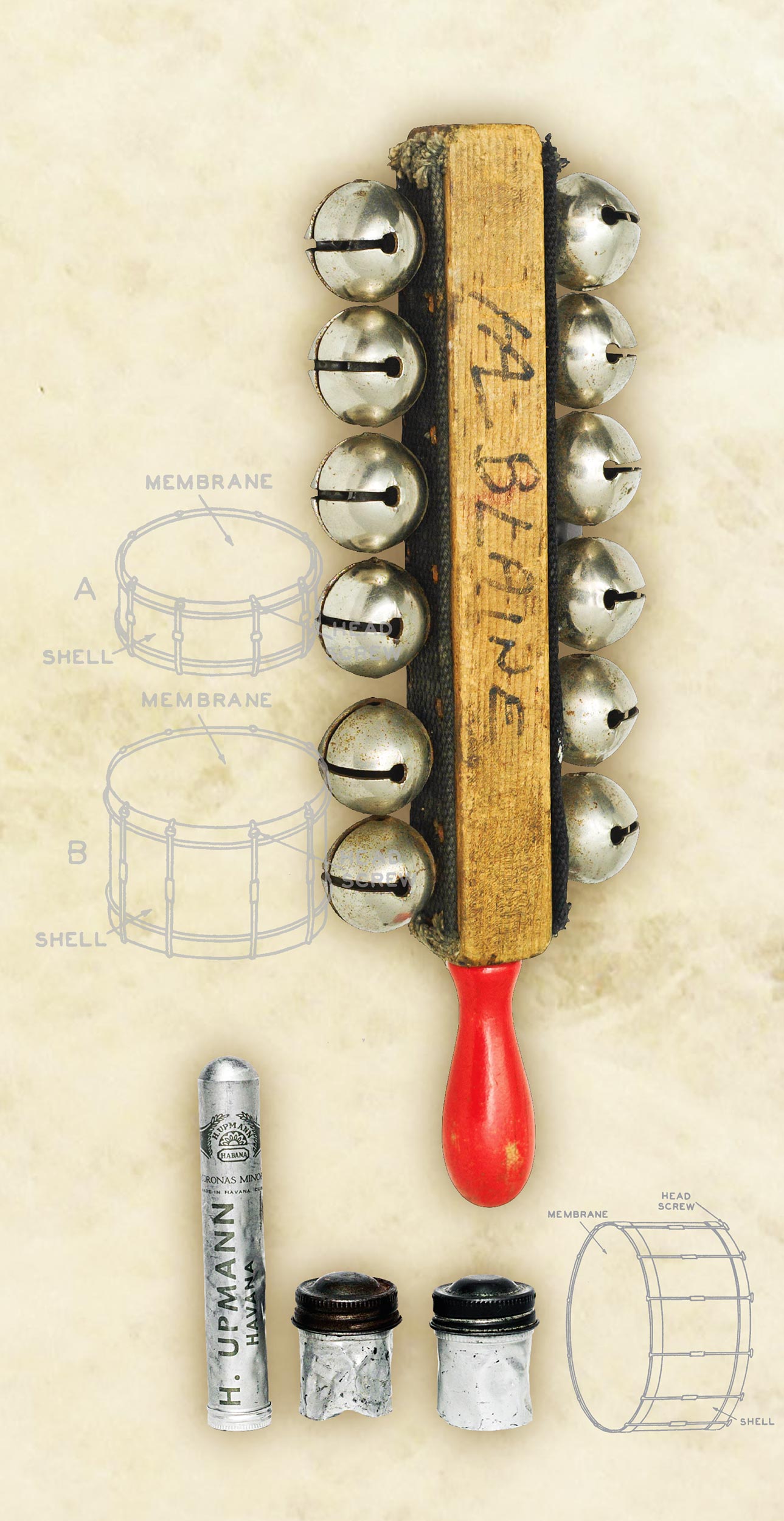I usually like to structure my reviews with a full description of the product I’m writing about, then provide my experience with it (along with use cases during the review period), and ultimately, conclude with what I think of said kit. I’m turning that approach on its head with my review of the Flea 249, starting with the good part. Of all the mics I have ever owned, this is my favorite – full stop.
If you’re not familiar with Neumann’s M 49 and 249, upon which this Flea recreation is based, they were introduced in 1951 and 1961 respectively, with their only difference being a change to the type of connector on the multi-pin cable between the mic and power supply. The M 49 was the first mic with a remotely selectable pattern via the power supply instead of the mic body. It also introduced the angled grille on the head basket to help eliminate standing waves between the grille and capsule.
When people speak in reverent tones about classic Neumann tube microphones, they usually mention the U 47/48, or U 67. I’ve used many of those in my time at various studios – some of them are truly transcendent sounding, while others are excellent but somehow just okay. I have also been lucky enough to use original M 49s in a couple of studios, and those experiences changed me. Here was a mic that sounded larger-than-life – that brought the source right to the listener while maintaining the sense of depth and space of the environment that the mic and performer inhabited. This became my mental image of microphone perfection… I may have a problem. According to the Recording The Beatles book [Tape Op #56] Abbey Road Studios apparently had thirty-two M 49s at one point in their history, and I am envious beyond words of this fact. The downside to this dream mic is that original versions in working condition are between $18,000 to $20,000 these days. Oh.
In 2002, Flexible Audio (abbreviated to FleA, or Flea) started making exacting reproductions of the U 47 and 48, M 49 and 50, as well as AKG C12 microphones at their headquarters in Slovakia. Flea goes the extra distance to make or source all of their components in-house, locally, or within Europe. They make their own capsules or use alternatives from Thiersch Elektroakustik in Germany.
Earlier this year, I decided to buy a high-quality expensive mic instead of wasting money on less-than-satisfactory models that never seemed to reach my idealized mental image of “the greatest mic ever.” Enter the Flea 249. Not even a little inexpensive, but upon hearing it for the first time, I knew I made the correct decision. I brought my friend and fellow engineer Lacey Brown <laceybrown.com> over to sing and play acoustic guitar into the 249, and knew I had found my mic. Lacey has a beautiful soprano voice, but also a pronounced lisp, which is a perfect test for sibilance on microphones. I ordered my 249 with Flea’s F7 capsule, purported to be a little “darker” than their standard F47/49, because I am allergic to bright microphones (officially undiagnosed as of this writing, but it’s true). I never felt the need to slap a de-esser on Lacey’s vocal, and didn’t add compression or EQ. The presentation of the 249 was everything I wanted to hear from her voice.
I’ve since tried the 249 on male and female vocals, acoustic guitar, mono drum overhead, as well as mono drum room from about 3 meters in front of a kit. Let me say that not once did I consider switching out the 249 for another mic. Honestly, the only thing that would make the 249 in front of a drum kit better would be a second one.
Do I have any reservations, you may ask? The cable on the microphone end could thread more smoothly, and you would think that paying this much money for a tube mic would include a case, but no. I did pay the extra $285 for a flight case from Flea because when spending this much on a mic that I will be transporting to other studios, the last thing I want to worry about is wrangling the wood box, power supply, cable, and shock mount. These are accessories external to the actual performance of the microphone itself, but are definitely considerations when paying this much money. That said, if you can afford this mic, DO NOT HESITATE! It’s so good that I can’t help but recommend it with the utmost confidence. End of backward review!




_disp_horizontal_bw.jpg)